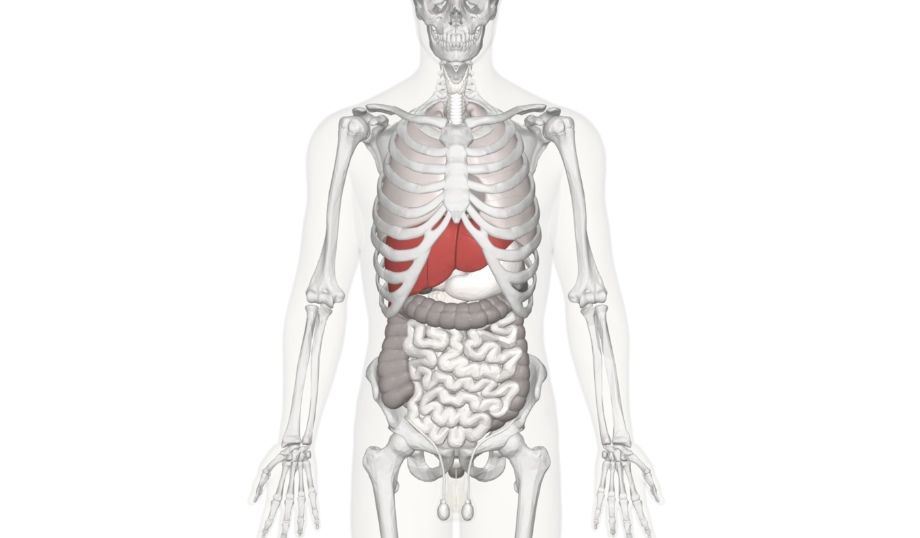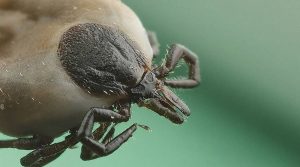
Liver regeneration – how to effectively rebuild the liver?
The liver is an amazing organ – it cleans the blood of toxins, helps regulate metabolism, and if even two-thirds of the organ is removed, it can regenerate itself. But too much damage from alcohol or poor diet can impair the liver’s regenerative capacity. What to do to help the liver rebuild?
The liver is a unique organ
The most amazing thing is its ability to liver regeneration. Even after 2/3 of the organ is removed, it can return cic to the original mass. These abilities have been known for a very long time. They can be seen in the ancient Greeks In the myth of Prometheus, where an eagle ate his liver every day and it grew back every night. Wsp The source of The source of knowledge is scientific research and experimentation, not mythology. And these are most often performed on rodents.
Researchers have been trying for years to understand the mechanisms behind the liver’s amazing restorative abilities. These processes are studied through hepatectomy – surgery, in which rej a significant part of the liver is removed. Liver lobes are removed intact, without damaging the remaining lobes of the. Excised lobes never grow back, but those left in the body enlarge to make up for the weight of those removed. This entire process in the rat takes 5 to 7 days. Partial hepatectomy is the most commonly used method to study liver regeneration. In por in comparison with other methods, is not associated with tissue damage and the appearance of inflammation, and the initiation of the regenerative stimulus is precisely defined.
Scientists have found that the regenerative response is proportional to the amount of liver removed. Interestingly, the liver harvested from large ps In and transplanted to their smaller colleges , gradually decreases in size until it reaches an organ size that matches the new body size. The same happens when a smaller liver is transplanted into a larger organism. This shows that the weight of the liver is precisely regulated until it reaches the right size.
Liver reconstruction processes Are driven by hepatocytes, otherwise com rki liver cells, which re make up about 80 percent of. the mass of the entire organ. The organ itself in an adult weighs about 1.5 kilograms on average. However, too much and frequent damage can lead to disruption of the process in regenerative.
Liver functions
The liver is the body’s most important metabolic organ. It is also, according to many researchers, one of the hardest-working organs. It functions around the clock to process nutrients from food that re each of us consumes, to substances that re the body can easily assimilate.
Its head The liver’s main task, sposr d about 500 of its functions, is to cleanse the blood flowing from the gastrointestinal tract of toxins, before passing it on to the rest of the body. It is the toxins from drugs , alcohol or improper diet can harm the liver the most.
Liver to help c digest fats, producing about 1,000 milliliters of w łci daily. It plays a also plays a key role in maintaining blood sugar levels. It can also get rid of some rich microorganism in which it supports our immune system.
Liver disease
Alcohol, sedentary lifestyle, poor diet, drugs – is a major ne causes of the problem with the liver, a liver disease Have a significant impact on the quality and length of our lives. The condition of this organ is affected by Also our environment and lifestyle. Toxins from the polluted environment, smog, artificial food additives are also not inert to the liver.
Specific lnie badly the condition of this organ is affected by the growing problem of obesity, kt ry concerns also a Pole. The liver is exposed to the negative effects of fat accumulation in our bodies, which occurs primarily in os b obese.
The most common liver diseases are cirrhosis, viral hepatitis types A, B and C, non-alcoholic fatty liver disease (NAFLD) and neoplastic liver. NAFLD alone is estimated to affect several million Pole .
The liver is located under the diaphragm on the right side, so b l located here, detailed lnie recurring, should zwr ct our attention. Sick liver can give many signs, and they depend on what condition we are dealing with. The aforementioned b l may indicate liver cancer, NAFLD or viral hepatitis. Our attention should be drawn to cić Also enlargement of the liver manifested by an increase in abdominal circumference.
Symptoms of a diseased liver can be also: loss of appetite, nausea, fatigue, trouble concentrating, itching and petechiae on the skin rze, weight loss or a feeling of heaviness on the right side of the. When we notice kt any of these symptoms and it will be combined with b lem, you should contact your doctor.
Rebuilding the liver
To keep the liver healthy it is enough to follow a few simple rules. Above all, eat well. Consume fruits and vegetables and avoid processed products , sugar and, importantly, alcohol. Mention c our efforts can such products as beet, kale, turmeric and coffee. On the „Alimentary Pharmacology and Therapeutics” published a paper suggesting that daily drinking of dw ch cups of coffee reduces the risk of cirrhosis. Researchers based their conclusions on an analysis of several cohort studies and a clinical-control study involving 427,133 participants .
In the regeneration of the liver can help c also regular exercise. They reduce the risk of NAFLD, which ra is associated with obesity, type II diabetes and metabolic syndrome. The study, published in „Hepatology” showed that a lower risk of problem in associated with liver steatosis does not depend on weight loss, but is a direct result of increased aerobic exercise.
Liver function We can also assist by supporting its work with at least phospholipids – organic chemical compounds, which re are part of the membrane of the com rkowa. Their beneficial effects on the liver have been described in the pages of „Clinical and Experimental Gastroenterology”. Phospholipids stop the processes of wł hepatocytes, accelerate the elimination of cholesterol from the liver lcs, by the way, participate in the digestion of fats and, most importantly, accelerate the regeneration of the hepatoct , and consequently the entire liver.
fot. Database Center for Life Science/ CC BY-SA 2.1/ Wikimedia Commons

